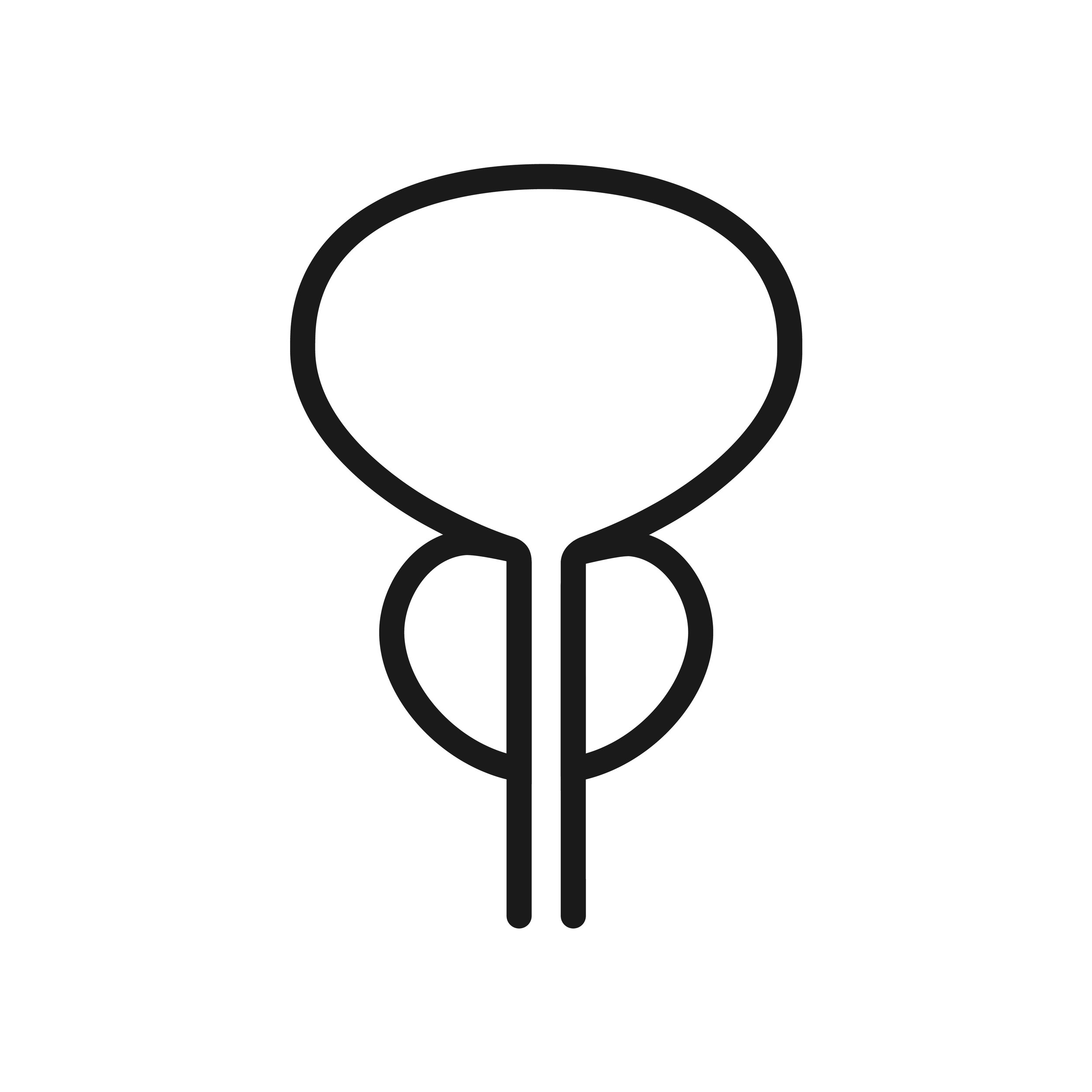Transurethral prostatectomy (TURP)
What is involved in the TURP procedure?
Your prostate gland surrounds your urethra as it exits the bladder. When it enlarges (BPH), it can obstruct the urine flow. TURP, or Transurethral Resection of the Prostate, entails the telescopic removal of the central, obstructing part of the prostate using diathermy (electric current). This process creates a wider channel, facilitating smoother urine flow.
At the conclusion of the operation, it is customary to insert a temporary bladder catheter. TURP stands out as the most commonly performed procedure for Benign Prostatic Hyperplasia (BPH) in Australia. Widely regarded as the gold standard, this procedure has endured for approximately a century and has consistently proven its efficacy. Notably, A/Prof Homi Zargar has successfully performed over 1000 TURPs, showcasing both his expertise and the procedure's longstanding reliability.A/Prof Homi Zargar, performs this procedure at Melbourne western suburbs (Western private hospital) and at Epworth, Richmond.
After treatment urinary flow improves by 90%
a drawback of TURP is lack of ejaculation in up to 80% of men
TURP main points
Key Points:
Transurethral Resection of Prostate (TURP)
TURP entails removing a portion of your prostate gland to enhance urine flow.
TURP is the most frequently conducted procedure to enhance urine flow, providing effective relief for most men experiencing symptoms.
Following the operation, a bladder catheter is temporarily utilized to flush out blood clots.
Common post-operative effects include the permanent inability to release semen during ejaculation and short-term occurrences of bleeding, burning sensation, or increased urinary frequency.
A/Prof H.Zargar can assess whether the size and shape of your prostate make you a suitable candidate for this procedure. However, it may not be suitable for all men with prostate enlargement. Very large prostate glands are not suitable for TURP.
surgery
What occurs on the day of the procedure?
A/Prof Homi Zargar will discuss the surgery once again to ensure your understanding and obtain your consent. An anesthetist will meet with you to explore the options of a general or spinal anesthetic and discuss post-procedure pain relief.
Details of the procedure:
A general anaesthetic (keeping the patient asleep) or a spinal anaesthetic (rendering the patient unable to feel anything from the waist down) is typically administered.
An injection of antibiotics is usually administered before the procedure, following a thorough check for any allergies.
Through the urethra , a telescope is inserted, and the central part of the prostate is meticulously removed in small pieces using a diathermy loop . The extracted prostate pieces are suctioned from the bladder, and the collected samples are sent for pathology analysis.
Following the removal of the prostate, any bleeding points within the surgical cavity are carefully cauterised.
At the conclusion of the procedure, a catheter is inserted into the patient's bladder.
Bladder irrigation, both in and out of the catheter, is typically employed to flush through any clots or bleeding.
The procedure, on average, takes between 45 and 60 minutes to complete.
Hospitalisation is generally expected to last one to three nights, although in some cases, the procedure is conducted as a day case. The catheter is usually removed at an appropriate time after the operation, typically between one day to one week afterward.
Initial pain and increased frequency while passing urine after catheter removal may be experienced by the patient. Tablets or injections can help manage this discomfort, with improvement usually observed within a few days.
Following catheter removal, bloody urine may occur for 24 to 48 hours, and difficulty passing urine may be experienced by some patients at this stage. In such cases, another catheter is inserted before being removed once again at an appropriate time.
After-Effects and Risks of the Procedure:
Temporary mild burning, bleeding, and frequent urination
Almost all patients
No semen production due to retrograde ejaculation (passes back into the bladder on ejaculation)
Risk: Between 2 in 3 & 3 in 4 patients (65% to 75%)
Treatment may not relieve all symptoms
Risk: Between 1 in 2 & 1 in 10 patients
Poor erections (in men with previously normal erections)
Risk: Between 1 in 10 & 1 in 50 patients
Bleeding requiring a blood transfusion or re-operation
Risk: Between 1 in 10 & 1 in 50 patients
Possible need to repeat the treatment at a later date due to re-growth of the prostate
Risk: Between 1 in 10 & 1 in 50 patients
Injury to the urethra causing delayed scar formation
Risk: Between 1 in 10 & 1 in 50 patients
Inability to pass urine after surgery requiring a catheter or intermittent self-catheterization
Risk: Between 1 in 10 & 1 in 50 patients
Loss of urinary control (may be temporary or permanent)
Risk: Between 1 in 10 & 1 in 50 patients
Finding an unsuspected cancer in the removed tissue which may need further treatment
Risk: Between 1 in 10 & 1 in 50 patients
Irrigating fluids entering the bloodstream & causing confusion or heart problems
Risk: Between 1 in 50 & 1 in 250 patients
Anaesthetic or cardiovascular problems possibly requiring intensive care (including chest infection, pulmonary embolus, stroke, deep vein thrombosis, heart attack, and death)
Risk: Between 1 in 50 & 1 in 250 patients (individual risk estimation by your anaesthetist)


